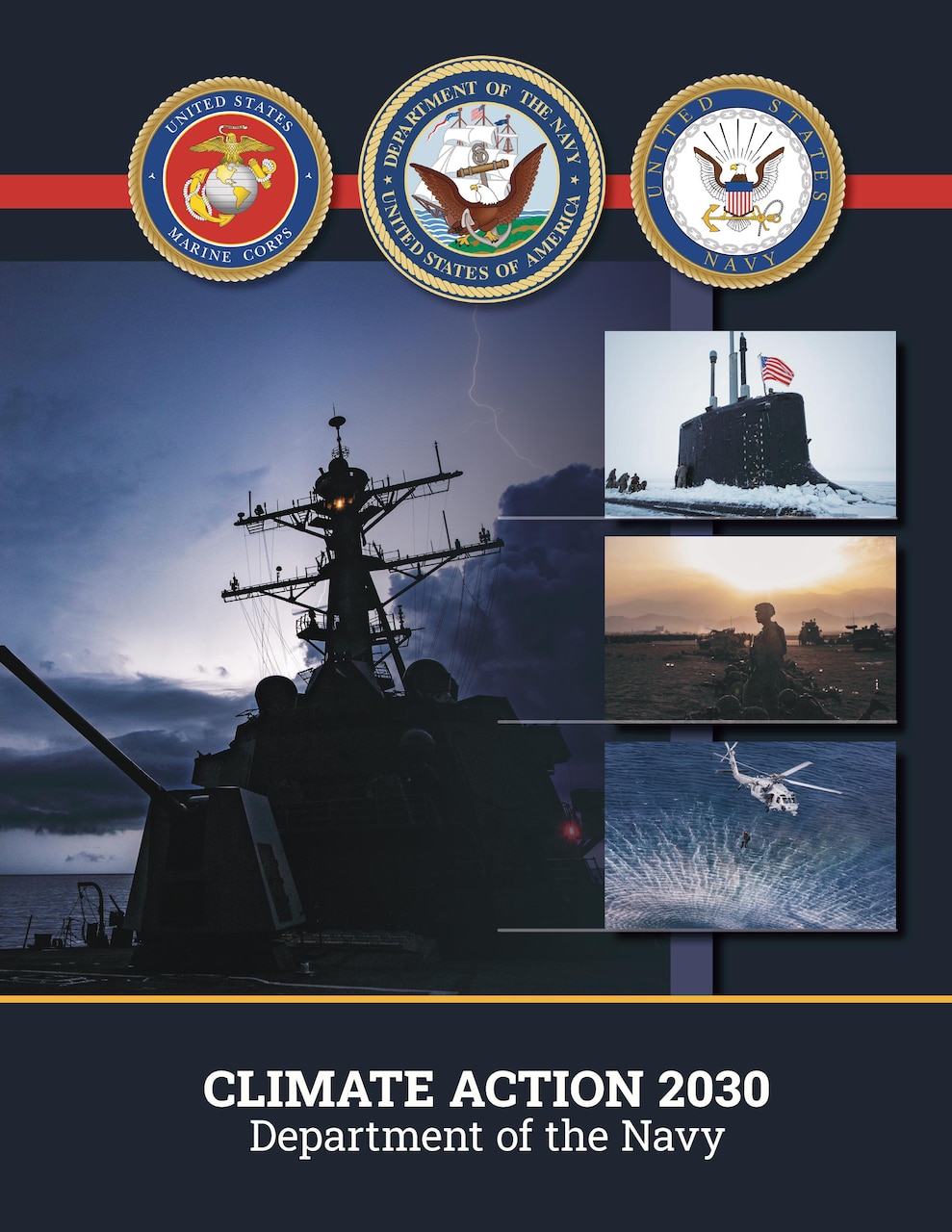"Climate change is one of the most destabilizing forces of our time, exacerbating other national security concerns and posing serious readiness challenges," said the Honorable Carlos Del Toro, Secretary of the Navy. "Our naval and amphibious forces are in the crosshairs of the climate crisis and this strategy provides the framework to empower us to meaningfully reduce the threat of climate change."

Climate change is expected to intensify the rate of trans-boundary threats the Department of the Navy will need to meet. These conditions require the Navy and Marine Corps to adapt to meet new operational requirements, respond to increasingly common humanitarian response missions, promote regional stability, and address risks to installations and defense communities.
"Climate change increased risk, exposes vulnerabilities to our people, installations, platforms, operations, and allies and partners," said Meredith Berger, Assistant Secretary of the Navy for Energy, Installations, and Environment (EI&E). "To remain the world's dominant maritime force, the Department of the Navy must adapt to climate change: we must build resilience and reduce the threat."
The Department of the Navy's Climate Action 2030 strategy builds on a decades-long foundation of climate action across the Navy and Marine Corps and sets the DON on a course to meet national and global targets to reduce the threat of climate change.
Targets and goals included in Climate Action 2030 include reducing emissions, reducing energy demand while increasing carbon pollution-free electricity at our installations and bases, and equipping our force with the proper training, plans, equipment needed to operate in a more volatile climate future.
In addition to national targets, the DON is also committing to draw down an additional five-million metric tons of CO2 or equivalent pollution per year by 2027 - roughly the equivalent of removing one million cars off the road. The DON will also deploy cyber-secure microgrids or comparable technology to leverage carbon pollution-free power at our bases and installations to support critical missions.
The U.S. Navy and Marine Corps will continue to build upon this progress and meet the moment to bolster our climate resilience, reduce our climate impacts, and remain the world's most dominant maritime force.
The Department's Climate Action 2030 strategy document is available for download here.






